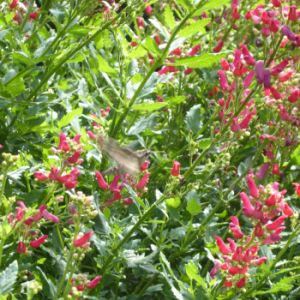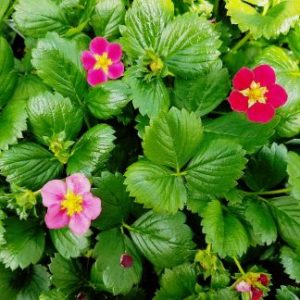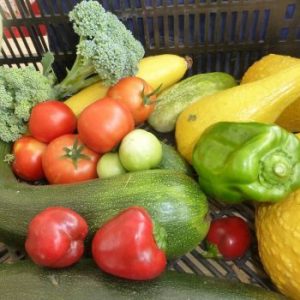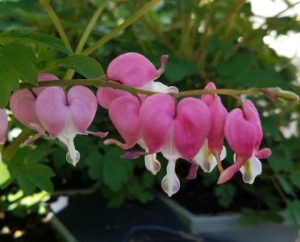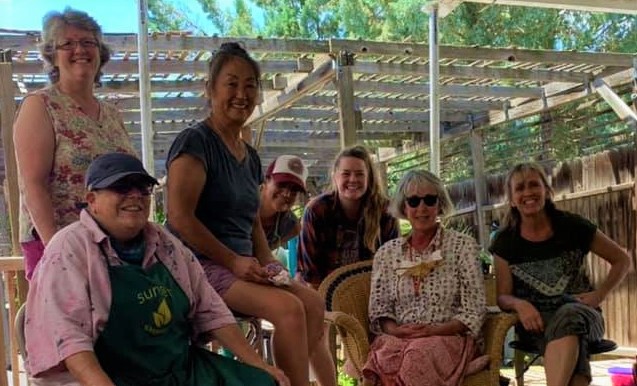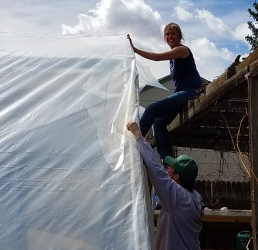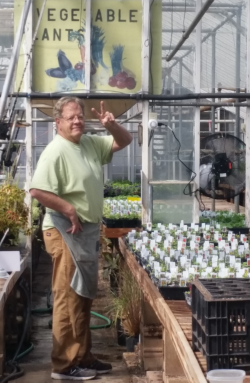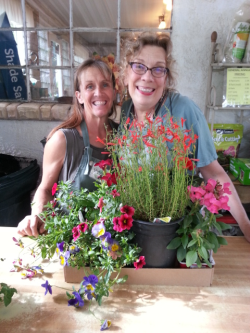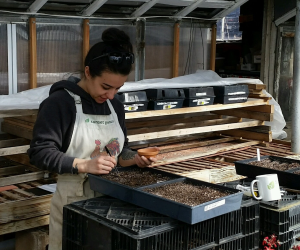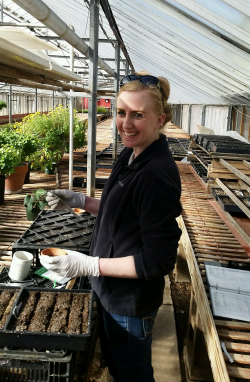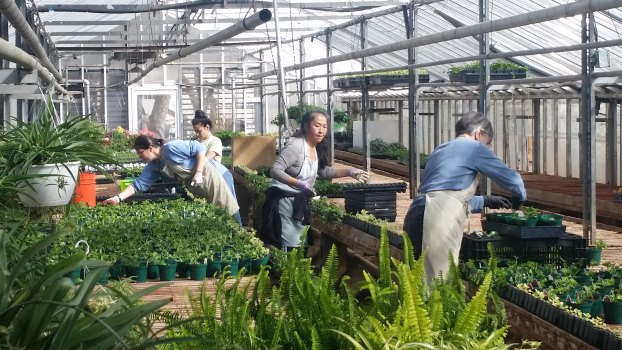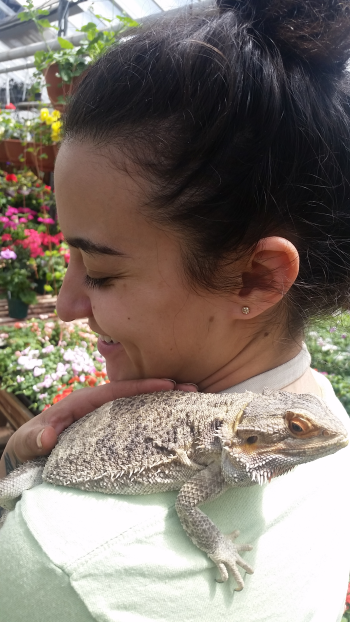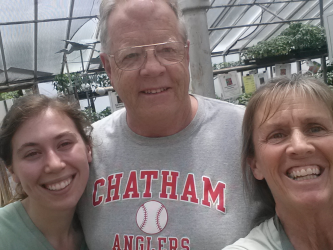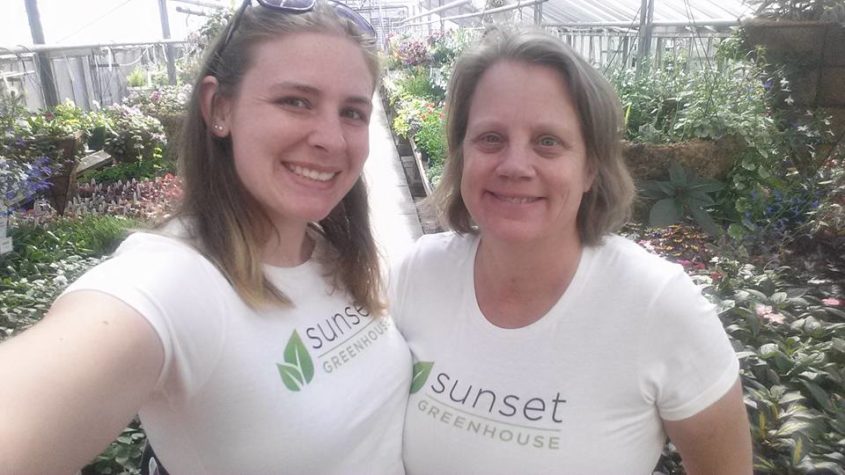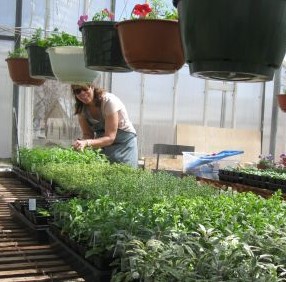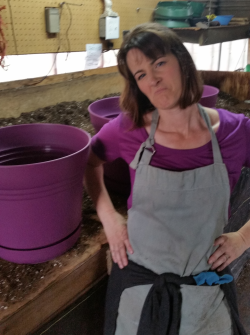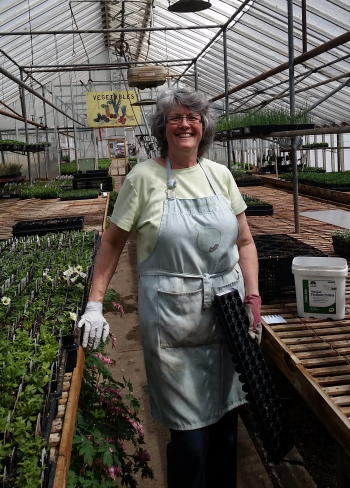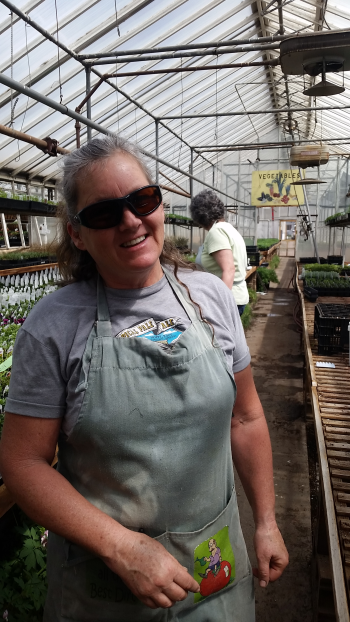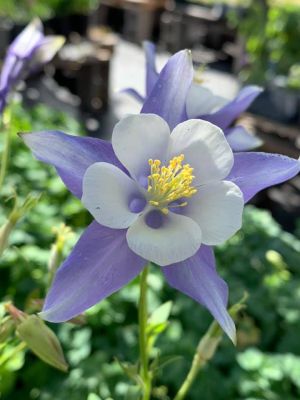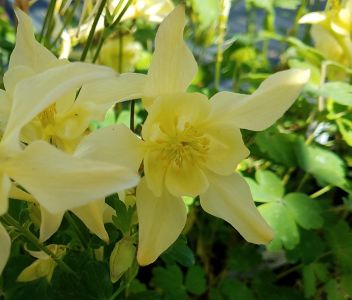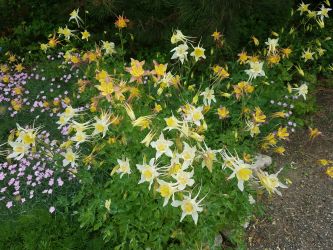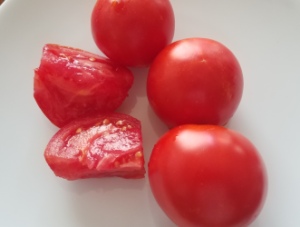
Soil
Tomatoes are forgiving and can grow in poor soil if there’s adequate moisture and nutrition. For better production and tastier fruit, ideal garden soil is well drained with organic nutrients, microbes and earthworms: living soil! Happy Frog Fertilizer is a good additive since it provides multiple forms of organic fertilizer plus mycorrhizae for root development and nutrient uptake. Every year organic matter should be added to keep the soil healthy.
Hardening Off
Hardening off describes the process of acclimating a plant from inside to outside where the plant becomes exposed to wind, direct sun and fluctuating temperatures. For one to three days, the plant can be placed in an eastern exposure protected from the wind. If they wilt but wet, don’t water: they may be sun or wind burned. If they are dry, water them and pull them inside. For the next three to five days increase the exposure to sun up to six hours. In the Colorado Springs area, they can be planted as early as mid-April PROVIDED they are protected with a wall of water, a season extender or are covered with buckets during freezing temperatures and cold nights. Although tomatoes can tolerate 32°, they grow at 40° or above.
Planting
Before they go into the ground, remove half of the lower leaves and all blooms/fruit. (If blooms/fruit stay during transplant, the plant will attempt to develop fruit and not grow/ bloom like it should). Break up the roots so they are not in the shape of the pot and lower so bottom branches are just above soil, or you can lay in a trench with the top branches above the soil. Backfill with garden soil and water in well. The submerged stem will develop strong roots. The plant will resume vegetative growing until it’s mature enough to bloom and support fruit.
Watering & Fertilizing
Young plants in early spring require less water than a mature plant in the heat of summer. Occasionally allow the plant to slightly wilt to calculate the frequency and depth of watering. Provide enough water that is proportional to the plant size and relative to nighttime temperatures. Frequent wilting can invite stress which brings on diseases and insect problems. Also, too wet or too dry between waterings can bring on blossom end rot (brown bottoms on the fruit). Watering can leach nutrients from the soil, so in
mid-late summer add organic fertilizers (liquid or granular) for heavy producing plants. Choose a fertilizer with a slightly higher middle number to promote blooming and production and always apply according to the directions on the label.
Trimming & Pruning
Tomatoes bloom on new growth, but not all new growth. Suckers are non-fruiting growth along the main stem and larger branches. These can be removed as well as 1/3 of the lower, non-producing growth, which redirects energy to blooms and fruit development especially as they mature.
Common Pests & Diseases
Tomatoes are prone to bacterial, fungal or viral diseases. These are naturally occurring in the environment, spread by insects/ wind/ water; spores winter over in the soil.
You can prevent some problems by:
. Planting resistant hybrid varieties
. Water in the morning
. Allow the surface soil to dry
. Space plants for air circulation
Crop rotation is advised if a problem has developed. ‘Cooking’ the soil in the spring with black or red plastic heats the soil, killing some spores. Copper or sulfur can be used as an organic fungicide on/in the soil.
Plastic, cardboard, or mulch barriers on the soil when planting can reduce the spread of spores up to the leaves.
The most common insect is the aphid. Treatments are applied if the plant is infested. Otherwise natural predators take care of it. Marigolds in and around the garden help repel bad bugs and draw in beneficial insects. Treating the tomato for hornworm with bacillus, will kill the developing larva of the sphinx moth. Organic sprays applied in the evening usually kill the pest(s), but not the pollinating bees that are active during the day.


